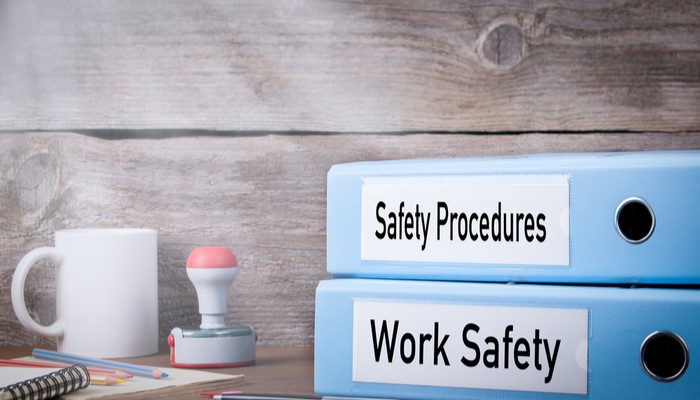Safety requires a personal commitment throughout the entire organization. Safety should be core value in a company rather than a “priority,” because priorities tend to change. Values don’t change.
But even in companies with a strong safety culture, some workers inevitably don’t value safety procedures and guidelines for a variety of reasons, therefore putting themselves and their colleagues at risk.
Not Valuing Safety at Work
When pushed into a decision— before they understand the risk and rationale behind it—many people will naturally rebel against it. People also have a “that could never happen to me” attitude.
But those are the attitudes that send people to hospitals. Those personnel who think that safety measures are a waste of time that just keeps them at work longer, and who take shortcuts at the peril of everyone, just don’t get it.
Frequently, carelessness at work goes hand-in-hand with high pressures to produce more. When observing a safety rule being violated, it’s easy for a manager to turn a blind eye so that work processes can go faster. Peer pressure, comfort, effort, and time are the most common reasons why personnel commit unsafe acts. They think they know better, but they don’t.
The consequences of workplace safety violations can be disastrous for personnel, customers, and the entire business. Failure to install adequate health & safety procedures leads to increased risk of injury, poor health, and potentially death—not to mention the legal repercussions and loss of reputation.
The Benefits of Valuing Workplace Safety
In contrast to irresponsible, pressured, or ignorant personnel, some people come to work valuing safety for themselves and their colleagues.
Being aware of their surroundings, they understand their working environment and the hazards that are present. They wear the right protective equipment, use their tools appropriately without taking shortcuts, and always stay alert. Ignoring signals and taking shortcuts are the two biggest reasons for workplace accidents. Using one tool instead of another, using scaffolding as a ladder, or not inspecting a machine before using it are some of the biggest safety risks.
Responsible behavior reduces workplace stress, which has a positive impact on one’s productivity, efficiency, and morale. Responsible personnel members update their supervisors about potentially unsafe conditions and risks at the workplace, and employers are legally obligated to take action.
Takeaway
People go to work and don’t expect to be injured—expecting their employers to provide a safe work environment. That is realistic only to a certain extent. Workers have the right to a safe work environment, but they’re also responsible for their safety. In the workplace, everyone shares the responsibility for encouraging a safety culture.
The Checker Software is designed to help personnel do all their hazard assessments, asset inspections, and facility compliance audits on any internet-connected mobile device. Our solution allows you to include only the modules you need. Use The Checker Software to instill safety as a value in your organization.











